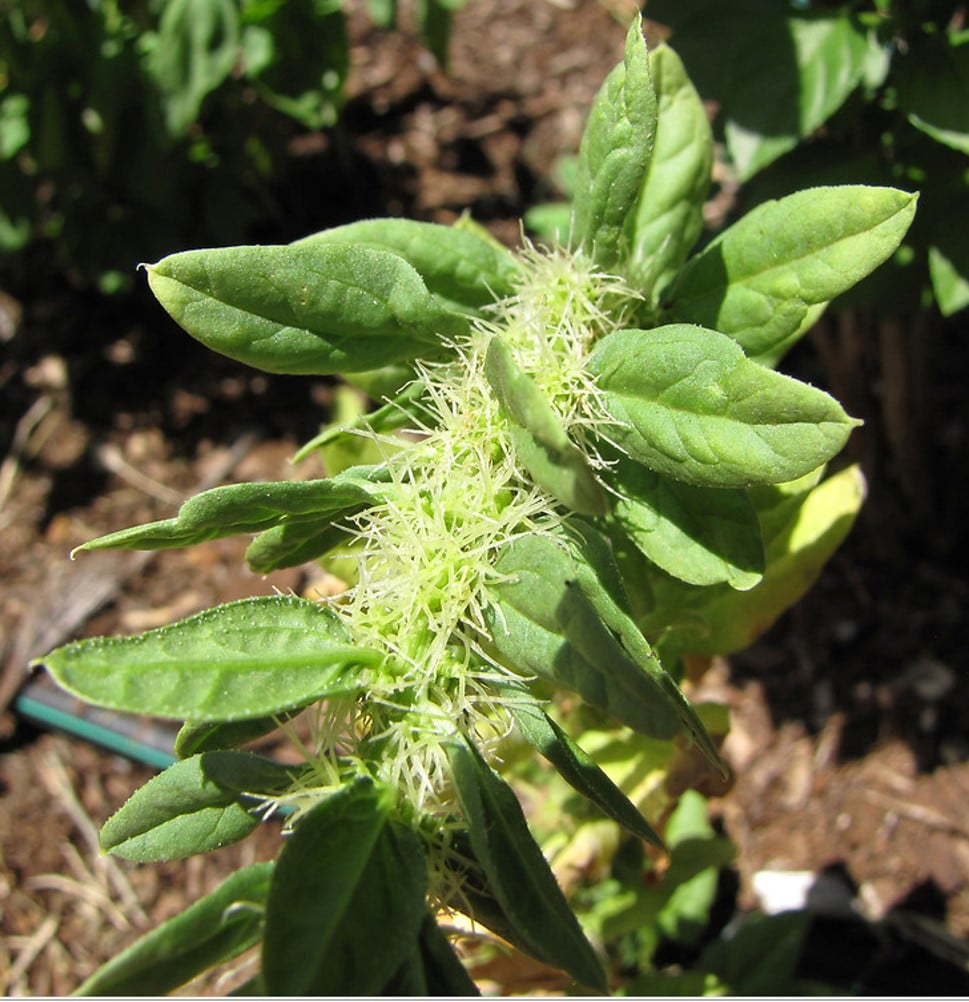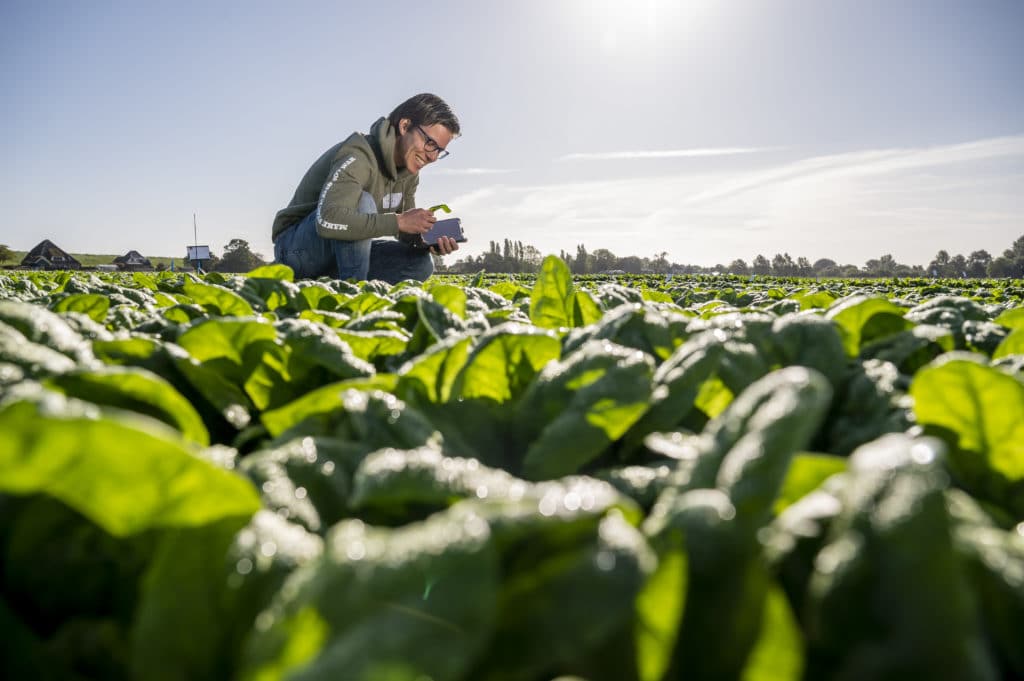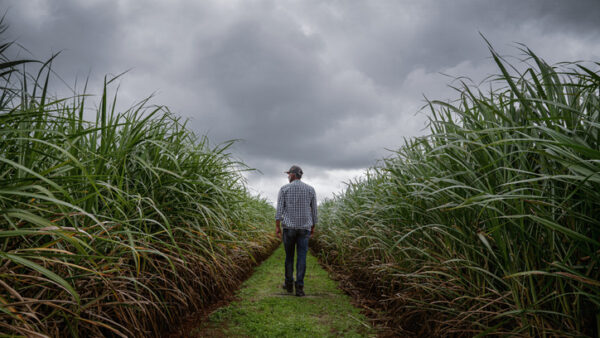Popeye was right, Part 2
In Part 1 of our spinach breeding story we looked at what it takes to develop a new spinach variety, how much time and money it takes and how breeders make sure their breeding programs are aligned with what consumers want. In this Part 2, we look at the organic market, and the slew of nasty spinach diseases that the breeders need to find an answer for.
ORGANIC MARKET
Because spinach already has high amounts of vitamins and minerals, increasing those levels is not a focus for breeders of this crop, but organic variety development is key. The organic baby spinach sector is important in the U.S. market in particular, says Rinse Jaarsma, breeder spinach at Syngenta.
Raimon Laan, spinach breeder at Bejo Zaden, explains that in general, the organic spinach sector is catered to with NCT seed (seed that undergoes National Cooperative Testing for accreditation by the National Seed Industry Council). His company offers several varieties that are produced organically as well. The majority of spinach breeding investment at KWS Vegetables is focused on the development of disease-resistant varieties for the organic market.
The organic spinach market in Europe would grow quite a bit faster, according to Ole Johansen, managing director at DeSeed, with regulatory change. Right now, EU regulations require organically produced seed, representing an impediment to expanding the organic spinach sector. “Spinach seed can carry seed-borne pathogens situated below the seed coat and the seed yield of organic seed is low,” he says. “Hence the cost of seed may be two to three times higher than conventional untreated seed.”

DOWNY MILDEW
This pathogen is the most serious of all spinach diseases. Breeding for resistance to it is therefore a substantial focus for all firms, but this is made extremely difficult because new races of the pathogen continue to emerge regularly.
“The chances this battle will end soon are low,” says Jaarsma, with Laan having a similar view. There will never be an end to the constant battle to achieve DM resistance, he says, “for as long we are working with ‘vertical resistance’ (key and lock). Up till now the pathogen has always been able to crack the codes.”
Dew Kumari Sharma, spinach breeder at Vilmorin-Mikado, explains further about the nature of the battle, that the new races of DM that continuously surface break down the resistance genes deployed in newly-released varieties.
“Today, we have 19 races, of which more than 10 races were identified in the last three decades while the first one dates back to 1824,” she says. “Why is this evolution going so rapidly in the past few decades compared to the distant past? Well, there are many reasons, for example, intense year-round high-density planting and limited crop rotation. But another important reason I would like to highlight is that if we rely only on the limited number of full-package resistant varieties that are available in the market, the genetic base operating at the ‘field-level’ is narrow. That increases natural selection pressure on the pathogens, leading to the emergence of a new race more frequently.”
Kumari Sharma stresses that for breeders to reach the finish line of the DM resistance race, they will have to use the naturally available genetic resources more sustainably, and “opt for more durable ‘horizontal’ resistance by incorporating quantitative genes in addition to the few major genes to broaden the genetic base on the commercially available materials. Johansen agrees that “the dream is to identify ‘horizontal’ resistance.”

There is good news, however, says Bart Geraats, senior scientist phytopathology (lettuce and spinach) at BASF, that new resistance sources have been introduced by breeding companies. The increased variation of resistance genes counteracts the evolution of new isolates that break resistances. “It’s thought that the ability of the DM pathogen to overcome multiple resistance genes at the same time comes with a fitness penalty,” he says, “and thus such new isolates are believed to become less virulent.”
At Syngenta, resistance is being achieved by combining resistant genes in hybrids. At BASF, besides routine screening of breeding material for all known DM races, the development of new races is continuously monitored on a global scale. In addition, new ways of resistance testing are regularly investigated.
At KWS, says senior spinach breeder Johan Rijk, “we work with different universities all around the globe to understand more and more about DM to try to unravel all its secrets. Hopefully one day this knowledge will help us to find a longer-term solution. At the moment, various techniques and scenarios are being investigated and checked, but it’s not easy nor obvious.”
Farmers, adds Johansen, can also do their part to help control DM. “Improved rotation practice is in our view a pre-condition to reduce the speed of new races appearing.”
Geraats says in addition, farmers should manage DM with an Integrated Pest Management approach. Kumari Sharma advises growers to plant a mixture of varieties with different resistance profiles to secure their crop but also to make it difficult for the pathogen to quickly break the resistance.
OTHER THREATS
There are many other diseases of concern in this crop beside downy mildew, notes Ben Hunter, lead of the Global Spinach Collaborative Breeding Pipeline Team at Bayer Crop Science. These include Colletotrichum, Cladosporium, Stemphylium, Fusarium, Pythium, white rust (Albugo occidentalis) and Verticillium.
Johan Rijk, KWS senior spinach breeder, reports that “more and more, we see soil-pathogen related problems such as damping-off caused by different Pythium species, and root rot caused by Fusarium. Two of the reasons for this is that more and more seed-treatments are banned, and crop rotation is also too narrow.” Geraats also sees ‘damping off pathogens’ as currently problematic, especially now that seed treatment possibilities have diminished. In addition, Johan Rijk says that under specific conditions, leafspot-causing pathogens are on the rise.
In the Stemphylium front, Johansen notes that several subspecies have been identified. Johan Rijk adds that using molecular diagnostics, we can now observe that different subspecies of existing pathogens can cause similar disease phenotypes.
Read More About Spinach:
Popeye Was Right! Creating New Varieties in One of the Most Nutritious Vegetables
Rijk Zwaan Spinach Assortment Makes an Impression in Washington State University’s Stemphylium Study











